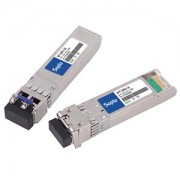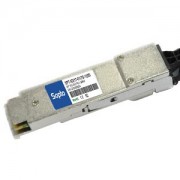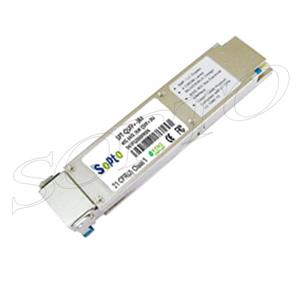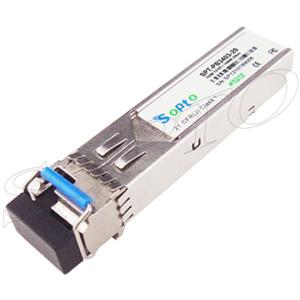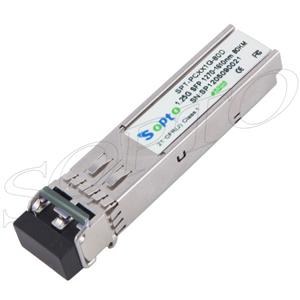-

- Sopto Home
-

- Special Topic
-

- Module Knowledge
-

- What is the Difference between Single Mode and Multi-mode Transc
Module Knowledge
- Tips for Buying 10G XFP Transceivers
- XFP Transceivers for Telecommunications
- Three Types of Ethernet SFP Transceiver Modules Introduction
- Info about High Density CXP Optical Module
- Multipurpose CFP Optical Modules
- Info about CFP Management Interface
- SFP+ Transceivers Short Range Module Overview
- 3 Reasons Every Network Needs GLC-LH-SM Transceiver
- Is the GLC-SX-MM Transceiver Right for Your Switch?
SOPTO Special Topic
Certificate



Guarantee
Except products belongs to Bargain Shop section, all products are warranted by SOPTO only to purchasers for resale or for use in business or original equipment manufacturer, against defects in workmanship or materials under normal use (consumables, normal tear and wear excluded) for one year after date of purchase from SOPTO, unless otherwise stated...
Return Policies
Defective products will be accepted for exchange, at our discretion, within 14 days from receipt. Buyer might be requested to return the defective products to SOPTO for verification or authorized service location, as SOPTO designated, shipping costs prepaid. .....
Applications
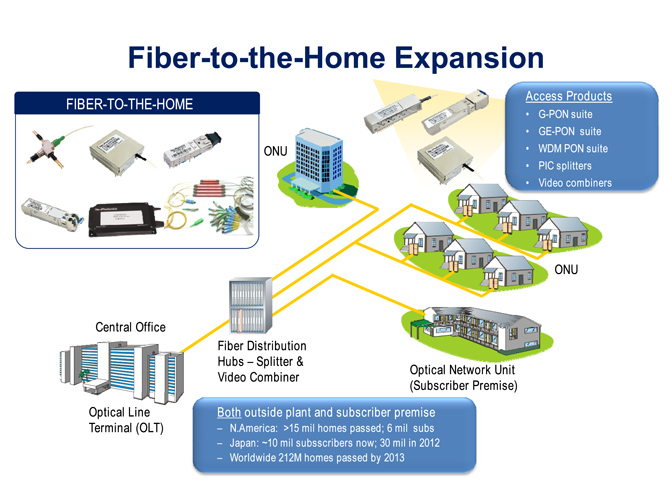 Fiber Optic Transceiver Modules can be applied to these occasions or fields.
Fiber Optic Transceiver Modules can be applied to these occasions or fields.
Ethernet
IPTV
FTTX
Security
Video Monitor
SDH/SONET
Data Communication
Storage Area Networks
SOPTO Products
- Fiber Optic Transceiver Module
- High Speed Cable
- Fiber Optical Cable
- Fiber Optical Patch Cords
- Splitter CWDM DWDM
- PON Solution
- FTTH Box ODF Closure
- PCI-E Network Card
- Network Cables
- Fiber Optical Adapter
- Fiber Optical Attenuator
- Fiber Media Converter
- PDH Multiplexers
- Protocol Converter
- Digital Video Multiplexer
- Fiber Optical Tools
- Compatible
Performance Feature
Stable
Low cost
Small size
Economic
Dust-proof
High speed
Hot-pluggable
Good EMI, EMC
Wide appliaction field
DDM function available
Long transmission distance
Good Anti-static performance
Module Knowledge
Recommended
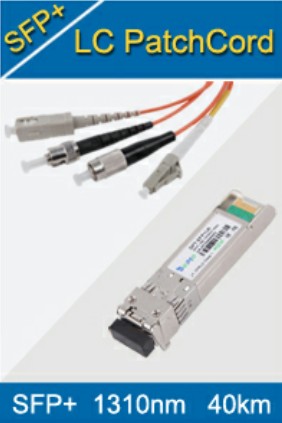
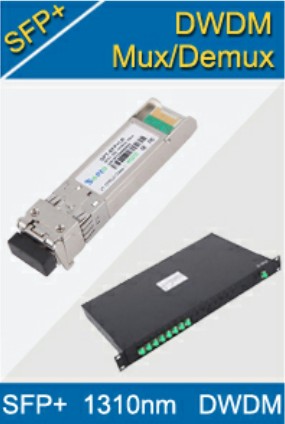
What is the Difference between Single Mode and Multi-mode Transceiver?
As we know, fiber optic transceiver is divided into Single mode optical transceiver and multimode optical transceiver. But, what is the difference between Single mode and multimode? Here is the article to introduce the difference probably. Single-mode optical transceiver is generally used for long distance transmission with only a single transmission path. On the contrary, multi-mode fiber optic transceiver has a variety of transmission paths, the multimode fiber transceiver bandwidth of 50MHz ~ 500MHz/Km.
Fiber optic transceiver is a type of data conversion equipment which converts Ethernet transmission medium Ethernet electrical signals to optical signals. Fiber optic is divided into multimode fiber and single mode fiber on the network. From the network applications, multi-mode fiber can’t be for long distance transmission, generally can only be used inside a building and networking between buildings, but because of the relatively cheap multimode fiber and the corresponding fiber optic transceivers, so it has been applied in a certain range. Many schools are also used in multimode fiber to set up within the campus network.
With the development of technology, the single-mode fiber has begun to enter the long distance network operation (from a few kilometers to more than one hundred kilometers), and it is developing very fast. Optical fiber network applications are from high-end application into the common people’s home in the few years. For example, many families are used in fiber optic transceivers directly (FTTH, fiber To the Home). Use optical transceiver networking is becoming a common network. The advantage of using optic fiber for networking is stability.
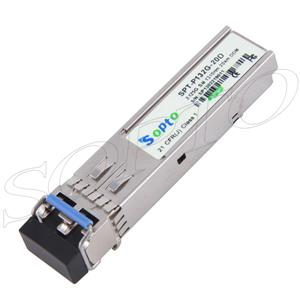
2.125G SFP Optical Transceiver
What else? Then, the Speed! 100M full-duplex, or even higher than 100 full-duplex speed: 1000M full duplex. The transmission distance from 100 M expanded to 1000 KM above so that we can achieve the interconnection between the board servers, repeaters, hubs, terminals and terminal easily.
We should learn more optical transceiver knowledge and compare all kinds of fiber optic transceivers to choose the suitable one for using. The above is the basic classification and how to select the optical fiber suitable optical transceiver for networking. In the advanced information networks, Sopto Manufactory manufacture the suitable optical transceiver to meet the needs of the customers according to the intelligent, security, stability, effectiveness, and other aspects of the comprehensive consideration of the developed.
For more info, please browse our website. For purchasing fiber optical transceiver modules, please contact a Sopto representative by calling 86-755-36946668, or by sending an email to info@sopto.com.
You May Like:




